10 Questions for art historian and fiction writer Chloë Ashby


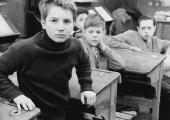
Many groundbreaking cinema classics remain frozen in a particular zeitgeist, but François Truffaut’s first feature, from the early days of the French New Wave, is not one of them. Released in 1959, The 400 Blows (Les 400 coups) is so adventurous in style, without ever being pretentious, the coming-of age story it vividly tells so engaging, and the performance of Jean-Pierre Léaud so thrilling, that it remains fresh and relevant to this day.
The hidden history of women artists continues to generate some ground-breaking exhibitions that contribute to a radical re-assessment of art and cultural history. This is a welcome trend, though not entirely without risk, as a new show in Paris demonstrates, and as other exhibitions have managed less convincingly.
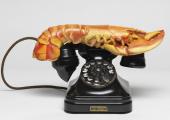
The night after visiting Tate Modern’s Surrealism Beyond Borders I dreamt that a swarm of wasps had taken refuge inside my skull and I feared it would hurt when they nibbled their way out again.

Elie Wajeman’s moodily lit film noir is, among other things, a great advertisement for the French healthcare system. Doctors in Paris do home visits! Even at night, and even for minor troubles such as a painful leg or stomach upset. It costs slightly more than going to the surgery, but t’inquiète pas, you’ll be reimbursed. Just don't lose your insurance card.
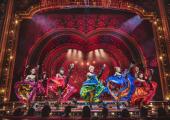
One of the many theatrical casualties of Omicron in December was the official UK opening of Moulin Rouge!, the stage version of Baz Luhrmann’s indelible 2001 film that has already racked up 10 Tony Awards for its 2019 Broadway production (albeit in a depleted season).

The restrictiveness of conventional gender identities explains the extreme body horror of Titane, in which a pregnant rookie firefighter frequently invoked as Jesus bleeds car oil from her vagina and from the stigmatic splits in her swollen belly. The miracle of Julia Doucournau’s luridly beautiful Palme d’Or-winner is that the memory of the violence puncturing the film's first half recedes as loving tenderness takes hold.
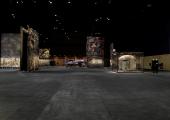
The exhibitions of the German artist Anselm Kiefer have always been spectacular: large works with a numinous presence, often breath-taking and always mysterious. His new installation in Paris’s Grand Palais Ephémère, the temporary structure at the end of the Champ de Mars which stretches south from the Eiffel Tower, is perhaps the most ambitious work he has ever presented in a museum space.
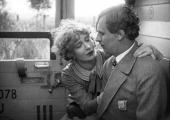
GW Pabst’s The Love of Jeanne Ney (1927), adapted from the novel by the Russian revolutionary author Ilya Ehrenburg, is a fascinating example of a major movie, vividly rendered by a filmmaker at his peak, that was compromised by its producers’ commercial agenda.
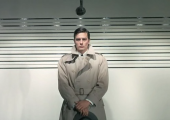
Jef Costello, the lone contract killer in Le Samouraï (Jean-Pierre Melville, 1967), carries out the murder of the boss of a night club. We see how meticulously he has prepared for it, including the construction of an airtight alibi involving precise times – which others will corroborate – for his arrivals and departures at locations other than the scene of the crime.